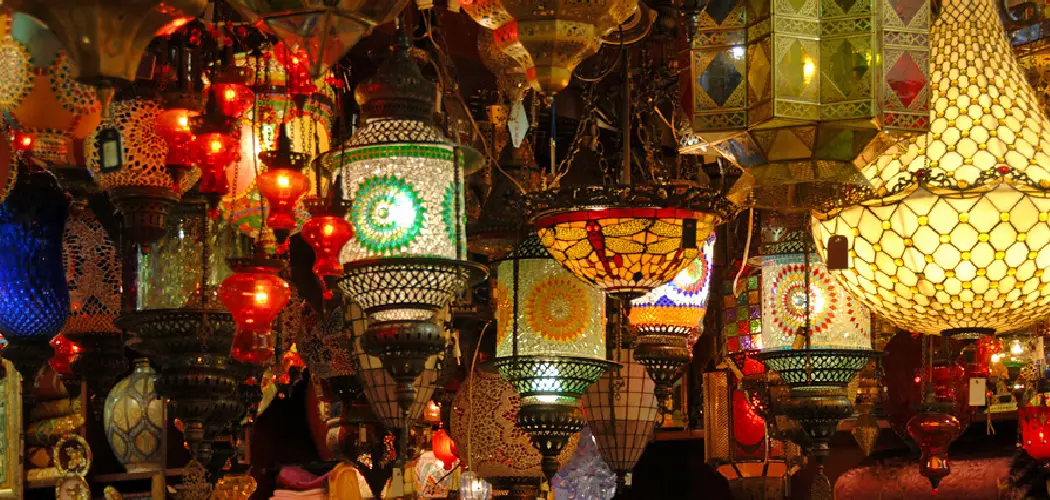Ramadan lanterns, or “fanoos,” are a beautiful and traditional way to celebrate the holy month of Ramadan. These colorful and intricate lanterns are often used to decorate homes, streets, and mosques, adding a warm and festive ambiance to the season.
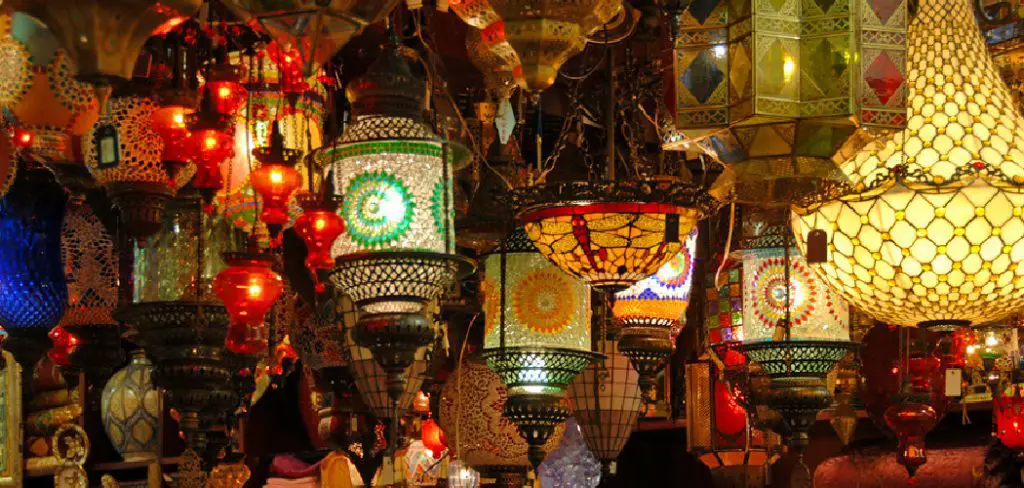
Making your own Ramadan lanterns can be a fun and creative activity for individuals and families alike, while also serving as a meaningful way to connect with the spirit of Ramadan. This guide will provide simple steps for how to make ramadan lanterns.
History and Cultural Significance of Ramadan Lanterns
The tradition of Ramadan lanterns, or “fanoos,” dates back centuries and is believed to have originated in Egypt during the Fatimid Caliphate. According to historical accounts, lanterns were first used to light the streets at night during Ramadan when the caliph would walk through the city to observe the start of the holy month. Over time, these lanterns evolved from simple sources of light into elaborate and artistic symbols of celebration.
Today, Ramadan lanterns hold deep cultural significance in many Muslim-majority countries. They represent unity and joy, as communities come together to decorate public spaces with glimmering colors during the holy month. For many, the fanoos is also a symbol of hospitality and warmth, often being placed outside homes to welcome guests. This enduring tradition illustrates the blend of art, culture, and spirituality that Ramadan embodies, keeping the spirit of the month alive for generations.
Types of DIY Ramadan Lanterns
Creating DIY Ramadan lanterns is a wonderful way to add a personal and creative touch to your celebrations. There are numerous styles to choose from, depending on your resources and artistic preferences:
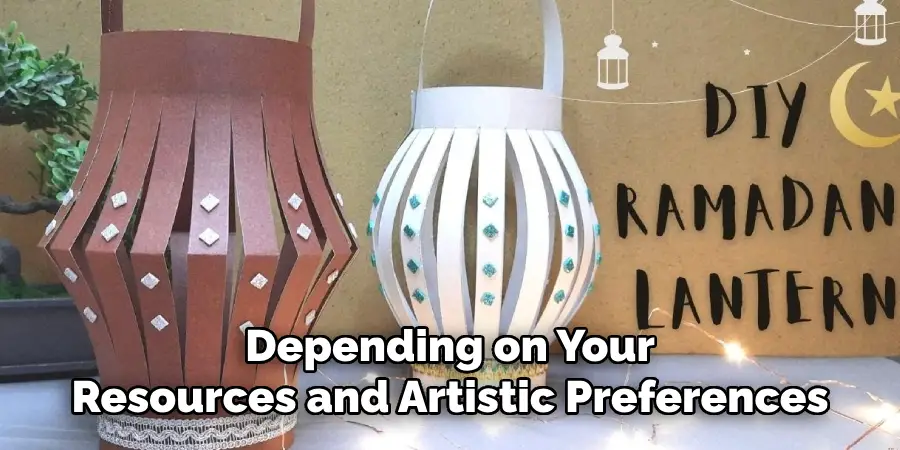
- Paper Lanterns: These are one of the simplest to make and require only colorful paper, scissors, and glue. They can be decorated with intricate cut-out designs, calligraphy, or even miniature crescent moons and stars to reflect the essence of Ramadan.
- Glass Jar Lanterns: Recycled glass jars can be transformed into stunning lanterns with a bit of paint, glitter, and battery-operated candles. Adding gold or silver accents can elevate their festive appeal.
- Wooden Lanterns: For those who enjoy woodworking, crafting wooden lanterns with patterns inspired by Islamic architecture is a timeless choice. These sturdy lanterns can be used year after year.
- Fabric Lanterns: Using colorful or patterned fabrics, you can sew lightweight lanterns that capture the traditional feel. Adding tassels or beads enhances their decorative charm.
- Metal Lanterns: For an elegant and long-lasting option, crafting lanterns with metal sheets is perfect. Punching small holes in intricate designs allows light to glow beautifully through them, creating a mesmerizing effect.
Each of these DIY options provides an opportunity to personalize your Ramadan décor while engaging in a meaningful and family-friendly activity.
10 Methods How to Make Ramadan Lanterns
1. Paper Lantern with Cut-Out Designs
One of the simplest yet visually stunning methods is crafting a paper lantern using cut-out patterns. Begin with a rectangular piece of thick construction paper or cardstock in your preferred color. Fold it in half lengthwise, then make evenly spaced cuts along the fold, leaving about an inch uncut at the edges. When you open and roll it into a cylinder, these cuts will form slits that give it a glowing, patterned effect once lit from within. You can further decorate the paper with star and crescent cut-outs or geometric Islamic designs, and place a battery-operated tea light inside to complete the look.
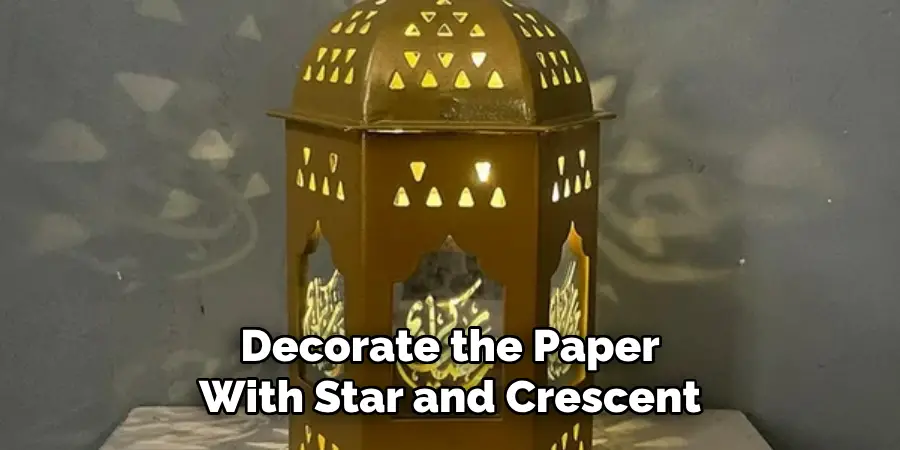
2. Jar Lanterns with Tissue Paper and Mod Podge
Recycling glass jars into vibrant Ramadan lanterns is both eco-friendly and charming. Start with clean, dry jars of various sizes. Tear tissue paper into small pieces in jewel tones—such as gold, blue, green, and red. Use Mod Podge or white glue mixed with water to apply the tissue paper onto the jar, layering colors for a stained-glass effect. Once dry, tie a ribbon or twine around the neck of the jar for a decorative touch. When lit from inside with LED candles, these lanterns cast a soft, colorful glow that creates an inviting ambiance for evening prayers or meals.
3. Cardboard Mosque-Shaped Lantern
This method involves a bit more cutting and assembling but results in a striking and symbolic centerpiece. Use cardboard or foam board to draw and cut out mosque shapes, including domes and minarets. Cut out windows and arches, then line the inside with colored cellophane or tracing paper. Assemble the pieces into a box-like shape with the dome rising from the center, securing everything with glue or tape. Place an LED light inside to illuminate the colored windows. This lantern can become a central element in your Ramadan décor, especially when personalized with Arabic calligraphy or family names.
4. Tin Can Lantern with Hammered Holes
For a rustic, metallic touch, repurpose old tin cans into beautiful lanterns. Clean and remove the labels from the cans, then fill them with water and freeze overnight—this prevents the can from bending when hammered. Using a hammer and nail, punch holes in the can to create patterns such as stars, crescents, or abstract dots. Once complete, thaw and empty the can, dry it thoroughly, and spray-paint it in gold, silver, or deep blue. These lanterns can be suspended with wire or placed on steps and windowsills, glowing warmly when lit with battery candles inside.
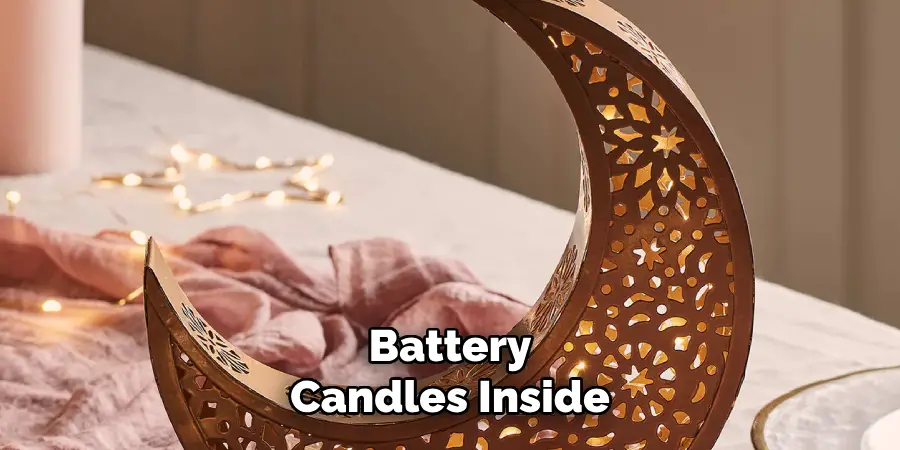
5. Origami Ramadan Lanterns
For those who enjoy folding paper, origami lanterns offer a clean, elegant design that’s lightweight and easy to hang. Choose patterned or colored paper and follow an origami tutorial to fold the lantern into a symmetrical shape—most designs resemble a cube or flower bulb.
A small LED tea light can be placed inside or attached underneath. These origami lanterns can be strung together with string or fairy lights to form a decorative garland that spans across a room or balcony, bringing a whimsical flair to your Ramadan evenings.
6. Mason Jar Lanterns with Painted Designs
Mason jars provide a smooth canvas for painting intricate Ramadan designs. Using acrylic paints or glass markers, decorate the jars with crescent moons, stars, lantern silhouettes, or Arabic calligraphy such as “Ramadan Kareem.” Metallic paints—gold and silver in particular—stand out beautifully against deep hues.
You can also use stencils to achieve crisp shapes. After painting, allow the jars to dry thoroughly. Place a battery-powered candle inside, and your customized lantern will emit a colorful, artistic glow. These make excellent handmade gifts for loved ones as well.
7. Fabric and Embroidery Hoop Lantern
For a soft, boho-style lantern, try using embroidery hoops and sheer fabric. Start with two hoops of equal size, attach fabric panels (like organza or muslin) around the hoops to form a cylinder or orb.
Decorate the fabric with fabric paint, glitter, or sew-on embellishments like sequins or tiny mirrors. Place fairy lights or a safe LED bulb inside and hang the lantern from the ceiling or across a window. This method adds a dreamy, floating light to your Ramadan setting, perfect for indoor festivities or children’s rooms.
8. Plastic Bottle Lantern with Paper Overlay
Upcycling plastic bottles is an accessible way to make lanterns, especially for kids. Cut a bottle in half or keep it whole depending on the design. Cover it with colored paper or transparent film, securing it with glue or tape.
Cut shapes into the paper—stars, moons, or calligraphy—and let light shine through from the inside. These lightweight lanterns can be hung on balconies or trees, and because they’re weather-resistant, they work well for outdoor setups. It’s a great method for teaching sustainability while celebrating creatively.
9. Lanterns Made from Popsicle Sticks
Using popsicle sticks, you can create small lantern frames in cube or hexagonal shapes. Glue the sticks together to form the structure, then wrap each side with tracing paper, vellum, or tissue paper decorated with markers, stickers, or stamps.
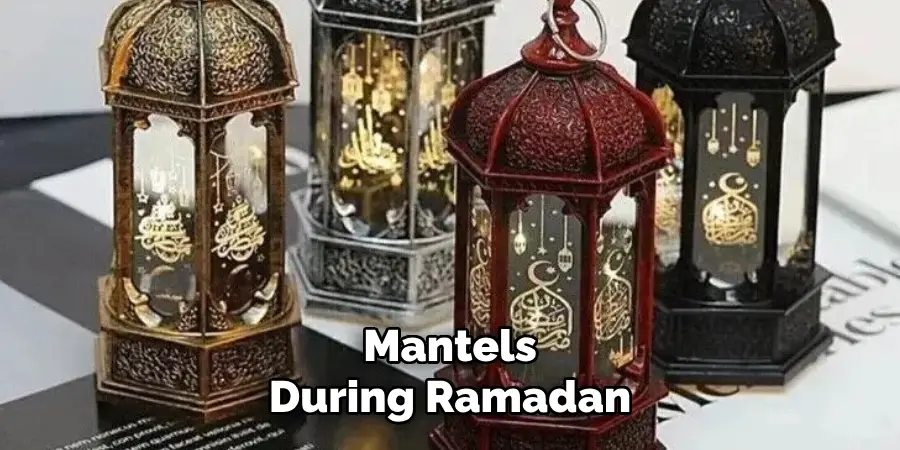
Add a handle with wire or ribbon for hanging. Once assembled, place a tea light or string light inside. These mini lanterns are perfect for children’s crafts and can be lined along tabletops or used to decorate shelves and mantels during Ramadan.
10. Hanging Lantern Garlands
For a cohesive and thematic display, consider making a garland of miniature lanterns in different shapes and colors. Use cardstock or thin foam sheets to cut small lantern templates, folding and taping them into three-dimensional shapes. Decorate each one uniquely—some with glitter, others with cut-outs or foil paper.
Attach them to a string or fairy light wire using clothespins or hot glue. Drape the garland along your fireplace, stair rail, or across a room to create a festive and unified look that spreads the spirit of Ramadan throughout your home.
Conclusion
Making Ramadan lanterns is more than just a decorative activity—it’s a meaningful way to prepare your heart and home for a month of reflection, gratitude, and community. Whether crafted from paper, glass, fabric, or recycled materials, each lantern becomes a symbol of light overcoming darkness, both spiritually and physically.
These ten methods offer a variety of styles and levels of complexity so that anyone—from children to skilled artisans—can participate in this beautiful tradition. Thanks for reading our blog post on how to make ramadan lanterns! We hope you found it helpful and informative.

